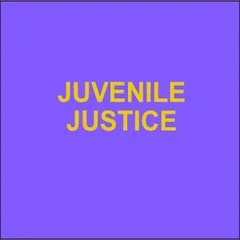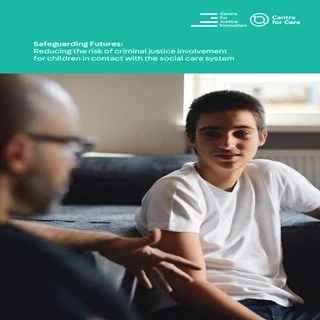By Stephen Whitehead, Carla McDonald-Heffernan, and Anna Leyland
The past decade has seen significant progress in reducing the number of children coming into the youth justice system and into youth custody in particular. Innovations such as the spread of youth diversion and a greater awareness of child exploitation as a form of modern slavery have allowed many children to avoid the stigma and harm of formal criminal justice processing. However, this progress is not necessarily available to all children equally. One group of children who face particular challenges are those who have contact with the children’s social care system. This contact, which can range from a referral with no further action to statutory child protection interventions, including being taken into care, is associated with adverse childhood experiences such as poverty, abuse, neglect, parental mental health issues and substance use. Children with social care contact are more likely to have experienced childhood trauma and are more likely to have special educational needs and disabilities (SEND). These factors are associated with a range of negative outcomes, including criminal justice system contact. However, while much is known about the increased risk of criminalisation for children taken into care, less is known about outcomes for children with lower levels of social care contact.
London and Sheffield: The Centre for Justice Innovation and the Centre for Care), 2025. 39p.






